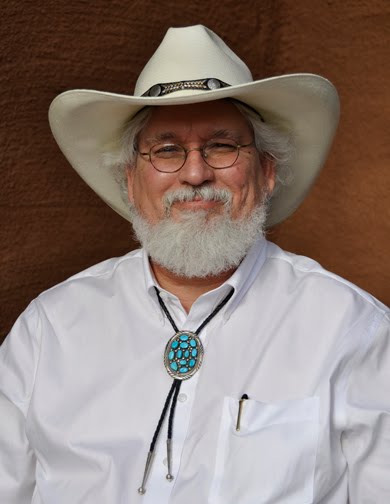Shalako refers to a series of dances and ceremonies conducted by the Zuni tribe at the Winter Solstice. It is notable in that unlike many other Zuni ceremonies that are closed to outsiders, non-Zuni are often invited. Sandy and I along with our two little children braved Shalako one year. As is typical this time of year at Zuni elevations, it was blistering cold with wind driven snow flurries. We waiting until late in the night to see the actual Shalako. He was quite tall like Bird of Sesame Street. It's only a quick 45 minute drive from our home to Zuni, but the memory of the cruel weather of that first viewing inhibits me from going for a return visit.
For the Zuni, the Shalako ceremonies are the most important event of the year and the Shalako is their most prominent and distinctive Kachina. The Shalako pendant depicted above is the creation of Navajo silversmith Alvin Vandermir. It is a unique piece and should prove to be a valuable collector's luxury unisex neck adornment for man or woman that is bound to be the subject of many a covetous glance. Indeed this one is a treasure to behold. It measures 2 7/8 inches in length and weighs 1.5 ounces. Price $999.00.













































